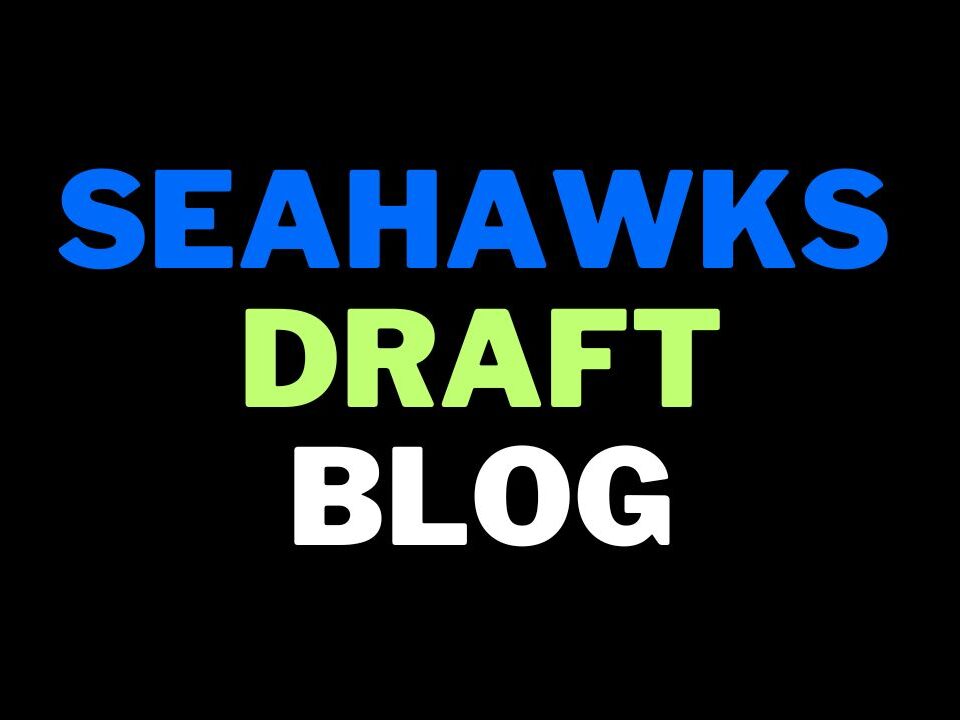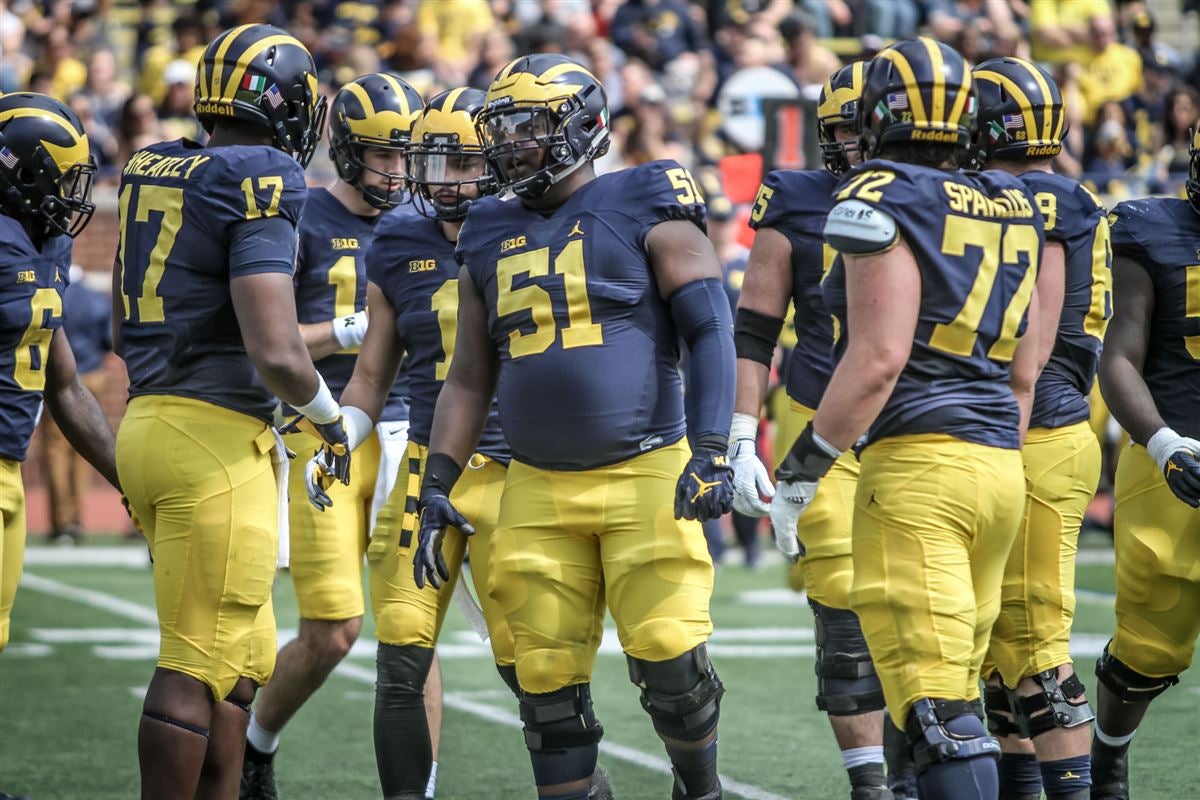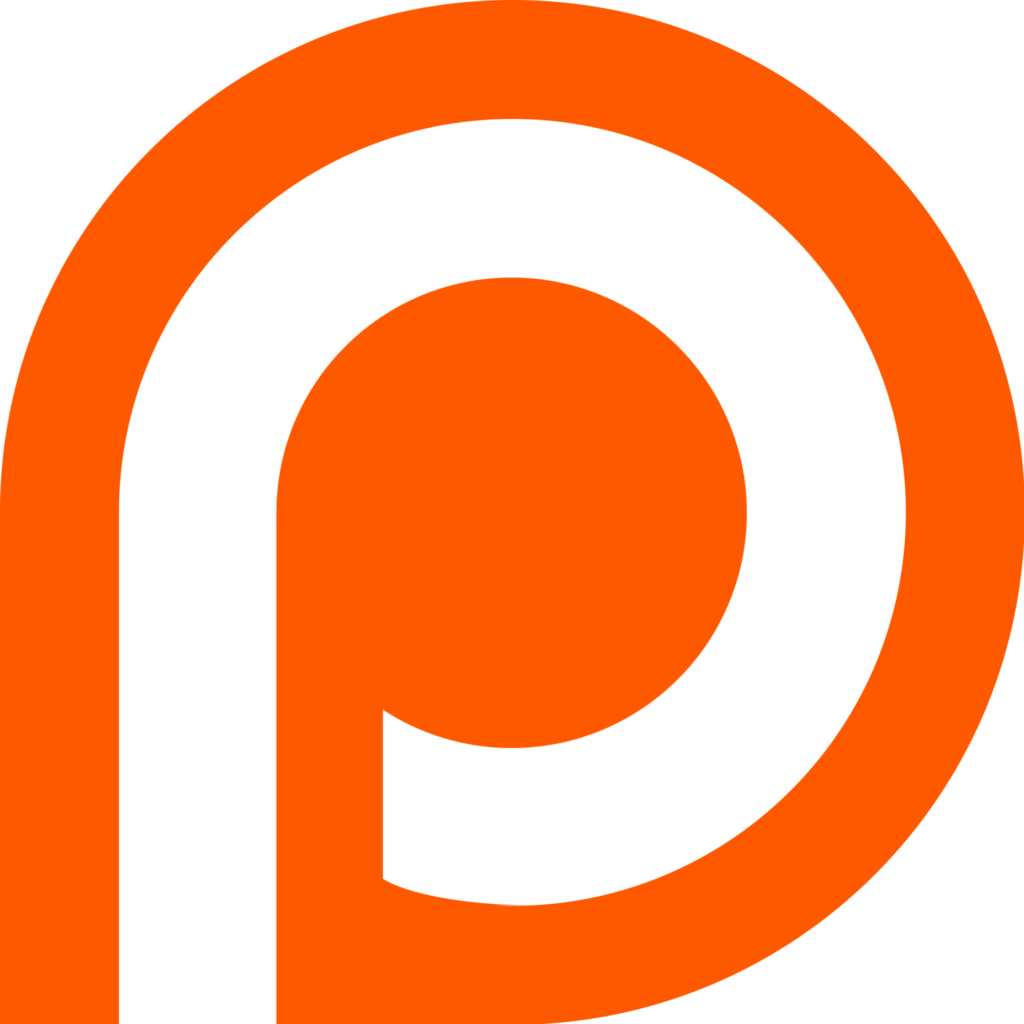Seattle has a big problem on its hands.
A problem that has to be solved this off-season.
The defense struggled mightily. It couldn’t rush the passer, stop the run and the numbers are quite startling. The Seahawks allowed 6106 yards and allowed 6.0 yards per play. Both marks are second worst in franchise history behind Mike Holmgren’s 2000 team (6-10).
However, history tells us that the Seahawks will aggressively work to fix this issue after the playoffs.
After the 2017 season they knew they had to fix the completely broken running game. They changed the offensive coordinator, offensive line coach and decided to go with a more experienced front five. They spent a first round pick on a running back and drafted a tight end well known for his blocking ability.
The plan worked. A year ago the running game was among the most productive in the NFL and that continued in 2019. Per DVOA, the Seahawks had the #5 ranked offense overall in 2019 and the #9 ranked offense in 2018.
According to Sharp Football Stats, the Seahawks had 62 explosive running plays in 2019 (fourth most in the league). Their average explosive run percentage was 13% — also fourth best. The three teams in front were Baltimore (Lamar Jackson), Arizona (Kyler Murray) and Tennessee (Derrick Henry).
They also had 55 explosive passing plays, 11th most in the NFL. Combined they had the fifth most explosive offense behind only Baltimore, Tennessee and San Francisco.
Overall these are good results. They’re not unexpected when you have a star quarterback and talent at the skill positions. Yet the Seahawks offense has taken a big step forward in 2018 and 2019 after a troublesome 2017 season.
The Seahawks saw a glaring problem and aggressively fixed it.
In 2020 they’ll need to take on a similar task to repair the pass rush, defensive line and their tackling.
There is absolutely no doubt that the unit is holding the Seahawks back. They can’t create consistent pressure, they don’t get enough sacks and the run defense is poor. It’s a minor miracle that they ended up near the top of the takeaway charts.
The Seahawks finished the 2019 season with 28 sacks, second fewest in the league behind only Miami (23). Their sack percentage was 4.5% — third worst overall.
They had only 126 pressures, sixth fewest in the league behind Detroit (125), Oakland (117), Houston (117), Atlanta (115) and Miami (96). Seattle’s pressure percentage was the fourth worst in the league (19.3%) behind Detroit (18.9%), Houston (18.1%) and Miami (16.7%).
Seattle hit the quarterback 68 times — fourth fewest. They had 52 TFL’s — again, fourth fewest.
They gave up 55 explosive running plays on defense, seventh most in the NFL. Yet their explosive run play percentage (14%) was the third worst overall behind only Carolina (16%) and Cleveland (15%).
In the passing game they conceded 54 explosive plays — the 14th most.
I haven’t got access to the 2013 stats to check on the peak LOB years. The earliest I can go back to is 2016. That year they conceded only 39 explosive running plays — the fewest in the NFL. They gave up 58 explosive passing plays. The big difference this season is the run game, highlighting this isn’t only a pass rush issue.
They also gave up 4.9 YPC — fourth most overall.
The other startling statistic is the sheer number of missed tackles. They had 131 during the regular season — the fourth most.
It’s not a completely negative picture. They had 16 interceptions — fifth most in the NFL. They had the 10th most pass deflections (74) and the quarterback rating against Seattle’s defense was 85.6 (ninth lowest).
They had the third best turnover differential (+12) with 16 fumbles to go with the 16 interceptions.
The Seahawks have looked poor in multiple games and there were several head scratching ones where you wondered how they’d won. Sunday night was nearly another one of those. Their ability to turn the ball over and play well on offense was clearly a massive equaliser, diluting the wretched defensive statistics listed above. The counterbalance created an 11-5 team, capable of earning the #5 seed.
In order to take the next step and be a division winner, a conference winner and a Super Bowl winner they will need to dramatically improve the pass rush, the defensive line performance overall and reduce the missed tackles.
As mentioned, the reassuring thing for fans is when there’s a clear, glaring problem with the roster — this front office and staff act very aggressively to fix it. This will be addressed, probably emphatically.
It’ll also likely be addressed long before the draft. Whether it’s moving to re-sign Jadeveon Clowney and/or Jarran Reed, adding other outside free agents or making a significant trade — this will get sorted.
Individual stats
A few weeks ago Bradley McDougald was ranked among the leaders for passer rating against. Unfortunately he has dropped to 16th since, with a 58.8 rating. It’s still a decent mark but perhaps highlights how much the defense has struggled in December. At the start of the month his rating was 29.4.
It could also be indicative of Quandre Diggs’ importance and absence. As Jim Moore notes:
In Quandre Diggs’ five games with the Seahawks this year, Seattle’s defense has produced 16 take-aways, including three INTs by Diggs, and a 4-1 record. Without him in the last two games, 0 take-aways and an 0-2 record.
Tre Flowers ended with a passer rating against of 70.9 (70th best). In comparison, Marcus Peters’ rating was 71.4. He wasn’t too far behind Marlon Humphrey either (67.9). Flowers has shown genuine development in 2019 and that is encouraging.
It’s not such good news for Shaquill Griffin. The general consensus is that he’s had a terrific year three. However, his passer rating against was 96.7 (#155 overall). He’s in the same ballpark as Pierre Desir (96.4) and Desmond Trufant (97.3). He also finished the season without an interception.
Stats like this aren’t the be-all and end-all of course. It’s worth noting, however, that the top-ranked safety in passer rating is Earl Thomas and the top-ranked cornerback is Stephon Gilmore. Harrison Smith is the #2 safety and Tre’Davious White is the #2 cornerback. Richard Sherman is the #4 corner. The top players are ranked where you’d expect.
This is something to consider when contemplating whether Griffin is worth a big contract extension, now that he’s eligible to sign his second deal.
Predictably Jadeveon Clowney led the team in pressures (31). Despite missing games this is still a strong performance. In comparison, DeMarcus Lawrence had 29 pressures, Matt Judon had 32 pressures and Clowney was just behind Calais Campbell (33), Danielle Hunter (35) and Von Miller (37).
Clowney (10) also had one more QB knockdown than Aaron Donald and Von Miller and two fewer than Nick Bosa and J.J. Watt. He also had 17 hurries, putting him at #11 in the NFL.
Considering how poor Seattle was at creating pressure — and the likelihood that Clowney often faced double teams — this is an impressive season. They have to build around and support Clowney, not face the prospect of having to replace him.
If you want to compare Clowney’s performance to the rest of the line, Quinton Jefferson was second on the team with 16 pressures (#92 overall). Rasheem Green had 15. Jarran Reed, despite missing several games, recorded 13 pressures.
Ziggy Ansah finished with 10. He also had only three hurries and five QB knockdowns to go with 2.5 sacks. The Seahawks were desperate after trading Frank Clark and took a chance on Ansah. Expect them to target healthier players when the new league year begins.
Mychal Kendricks missed a number of tackles early in the season and finished with a missed tackle percentage of 21.1%. In fairness, he led the league with 25% early on and showed consistent improvement (eventually ranking with the 15th highest percentage). Quinton Jefferson missed 16.1% of his tackles, second most on the team and #57 overall. Al Woods was third with 15.8% and Jarran Reed fourth with 15.6%. You can make out a picture on why the run defense struggled.
Tre Flowers missed 15.5% of his tackles, Bradley McDougald 14.6%, Marquise Blair 13.8%, Poona Ford 13.5% and Shaquill Griffin 13.3%.
All of this is simply too high. Names of Seahawks pop up on the list far too frequently. At the other end of the scale, Bobby Wagner only missed 5.9% of his tackles (despite leading the entire NFL for tackles made) and K.J. Wright missed only 7.7% of his. Seattle’s two experienced linebackers were the only two players to come out of this well.
Kendricks led the team in TFL’s with eight. Clowney and Wagner were tied second with seven.
Possible targets in free agency
Who might they target to fix this problem? What do the stats tell us about potential targets?
It’s always hard to know what is possible. In 2013 it would’ve felt like a pipe dream to sign both Michael Bennett and Cliff Avril to cheap the deals. The ever expanding salary cap and the propensity for teams to dish out huge contracts has changed the dynamic since. You can still get bargains (Clowney for a third rounder, even as a one-year rental, is a good example). Yet the reality is even decent players are likely to be retained at all costs or they’ll be paid significantly on the open market.
The Seahawks are projected to have about $73m in available cap for 2020 — currently the seventh most in the league. That number could increase depending on what they decide to do with players like Justin Britt. Ed Dickson is a certain cut, that will save a further $3m. They can be spenders in free agency — although the available money will come down quickly if they retain Clowney and Reed.
Dante Fowler is a tough one to project. He was a free agent a year ago, didn’t get a great market and ended up signing a one-year deal worth $12m. He’s only 25 and he has the type of quickness Seattle badly needs (1.59 10-yard split).
His production in 2019 could warrant a big contract. He ranked fifth in the NFL with 16 TFL’s — the same number as Nick Bosa and Cam Jordan. He also ranked highly with 11.5 sacks and 36 pressures.
The Rams are tight against the cap and need to pay Jalen Ramsey. Fowler will likely reach the market. At a good age and with proven production and a recent track record of availability, he would seem to be a possible free agency target.
Shaq Lawson has quietly had a decent season for the Bills. He ranked among the NFL leaders for TFL’s (13), had 6.5 sacks and 28 pressures. He’s also 25 and a former top-20 pick from 2016. He ran a 1.63 10-yard split at 269lbs although he lacks great length (6-2, 32 3/4 inch arms). The size might be off-putting but Lawson could be the type of player you bring in on a short-term deal with an incentive based contract. Remember, the Seahawks need several additions not just one big signing.
Yannick Ngakoue has spent the last few days making it clear on social media he wants to leave Jacksonville. Unfortunately for him, the Jaguars have the power to use the franchise tag. They’re unlikely to let a 24-year-old pass rusher slip through the cracks having already dealt Jalen Ramsey, although the drafting of Josh Allen a year ago gives them some flexibility. They’re also tight against the cap but can make some moves to rectify that (cutting Marcell Dareus alone saves $20m).
Ngakoue had 13 TFL’s in 2019, eight sacks and 27 pressures. Like Lawson he lacks length (6-2, 32.5 inch arms) and he only ran a 1.64 10-yard split and a 4.75 forty despite weighing a light 252lbs. Even so, he has 37.5 career sacks in four years. Even if he’s tagged, he could be a trade option much in the way Frank Clark was a year ago. I’m just not sure he has the length and twitch they look for to warrant a major trade-and-pay deal.
Kansas City only has $21m in available cap space and needs money to pay Patrick Mahomes in the future. Can they commit a massive salary to Chris Jones a year after paying Frank Clark mega money? They might be inclined to do a tag-and-trade or let him test the market. Jones had a fairly modest 2019 season given his reputation with only eight TFL’s, nine sacks and 27 pressures.
If they wanted to take on a reclamation project — and they often have in the past — Vic Beasley has the athleticism, quickness and length they like. His career in Atlanta stalled badly after a fast start. However, he still recorded eight sacks in 2019, eight TFL’s and 19 pressures. Beasley won’t be the answer on his own but he could be part of a multi-faceted solution.
If they want to go with experience, Everson Griffen is a likely cap casualty in Minnesota. They might re-structure his deal to keep him, or cut and re-sign him. If he reaches the market though the Seahawks would likely show some interest. He had 11 TFL’s, eight sacks and 34 pressures in 2019.
Robert Quinn has had a nomadic existence over the last few years. He had 13 TFL’s, 11.5 sacks and 35 pressures this season and is, surprisingly, still only 29.
Denver recently announced they’re going to be picking up the option on Von Miller’s contract. They have money to spare and can tolerate the $25.6m cap hit. However, at that price they might also see what kind of trade offers are on the table. It’s hard to imagine the Seahawks inheriting a deal like that, although they could lessen the hit by extending his contract. He turns 31 in March. He had 10 TFL’s in 2019, eight sacks and 37 pressures.
If you missed yesterday’s podcast with Jim Nagy don’t forget to check it out:
You can now support Seahawks Draft Blog via Patreon by clicking the tab below.
Become a Patron!







